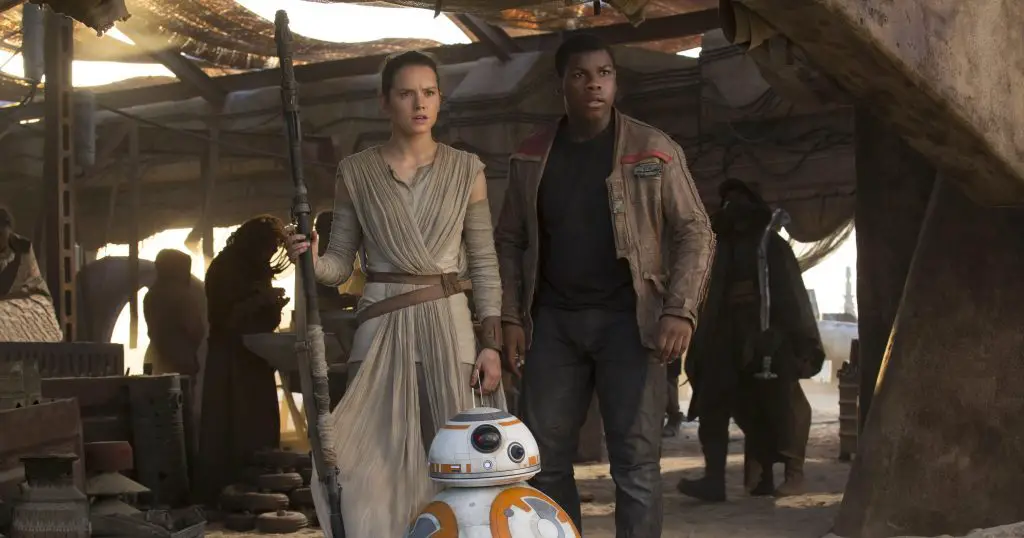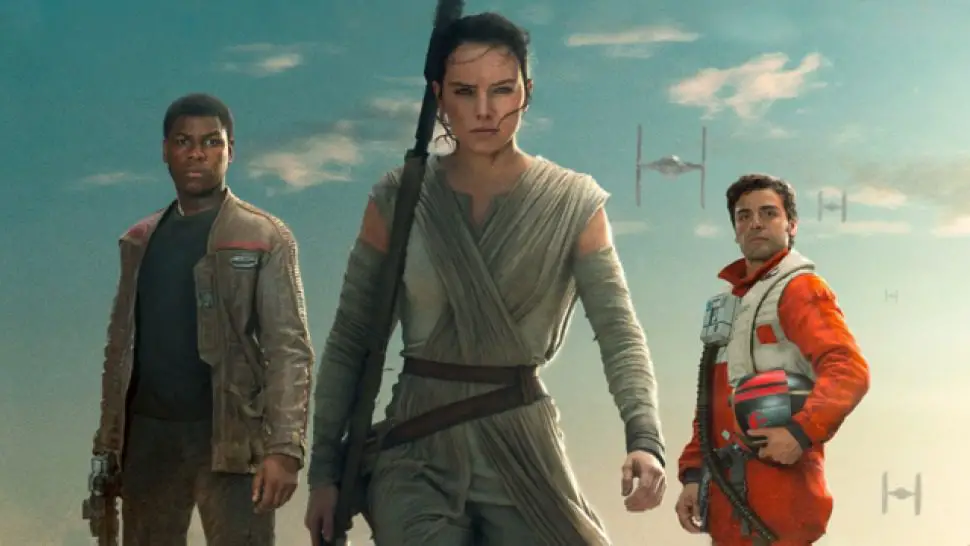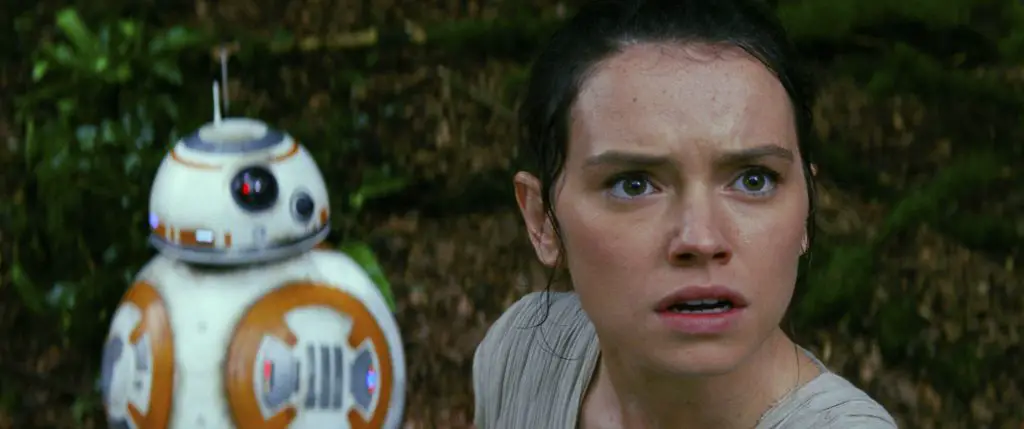The film industry, particularly in Hollywood, has long been notorious for its lack of transparency in financial matters. With the recent Screen Actors Guild (SAG) and Writers Guild of America (WGA) strikes bringing the industry’s dubious pay practices under scrutiny, the unfair compensation of artists has become a hot topic of discussion. At the heart of this controversy lies the concept of “Hollywood accounting,” a notorious practice that manipulates financial statements of even the most successful movies, rendering them technically “unprofitable,” allowing production companies to evade the payment due to artists involved in these projects.
This controversial financial maneuvering is not just an urban legend within the industry. The book Hit and Run by Nancy Griffin and Kim Masters sheds light on an instance where Warner Bros. allegedly declared the 1989 hit Batman as “unprofitable.” This move was allegedly done to deprive two individuals, instrumental in the project’s development, of their rightful share of the box office profits. Lucasfilm, too, once controversially declared Return of the Jedi to be unprofitable, and there have been leaked documents indicating that Warner Bros. reported a whopping $167 million loss on the colossal hit, Harry Potter and the Order of the Phoenix.
Studios also play a similar game when declaring the budget of their productions. For a variety of reasons – such as managing box office expectations or dispelling rumors of a tumultuous production process – studios will often report a movie’s budget as being significantly less than the actual cost. This phenomenon is perfectly illustrated by the case of Jurassic World: Fallen Kingdom. Universal originally declared the movie’s production costs at a mere $170 million, while a 2023 report revealed the actual budget to be a staggering $432 million.
Such fiscal gamesmanship introduces an air of mystery and doubt around Hollywood budgets. However, one fact stands undisputed for now: Star Wars: The Force Awakens holds the record for the most expensive movie ever made.
The Real Costs Behind ‘The Force Awakens’

Perusing the list of the most expensive films in history can certainly spring some surprises. Who would have anticipated the troubled production of Tangled resulting in a production cost of $260 million? Yet, it’s hardly shocking to find Star Wars: The Force Awakens crowned as the most extravagant movie production in history. Being the first Star Wars movie released after Disney’s acquisition of Lucasfilm in 2012, Disney was heavily investing in the long-term potential of the franchise. Creating a new generation of iconic characters like Rey, Finn, Kylo, Poe was never going to be a low-budget affair.
In addition, The Force Awakens had its fair share of production hurdles which further inflated its budget. Harrison Ford’s significant injury on set led to a two-week shutdown, contributing to the exorbitant cost. Moreover, the extensive global casting process, and the use of practical sets and effects, ensured that the film’s budget kept swelling. By the end of production, Disney had spent an eye-watering $447 million on the movie.
Interestingly, the first six Star Wars films were far less expensive to produce. The original Star Wars movie had a production cost of $11 million, a hefty sum in 1977, but quite modest compared to other blockbusters from the same era, such as Superman, which had a $55 million budget. Even the later Star Wars movies were less costly, with each of the prequels carrying a $115 million price tag. Fast forward 14 years, and we find The Rise of Skywalker consuming a staggering $416 million of Disney’s coffers.
Deciphering the Costly Era of Hollywood

The Force Awakens’ budget of $447 million reflects not only Disney’s investment in Star Wars but also the escalating trend of expenditure in Hollywood during the 2010s. Hollywood has a long-standing reputation for flamboyance and extravagance. From the early 1920s, directors like Erich von Stroheim were known for their lavish and costly productions, such as Foolish Wives, the first movie to exceed a $1 million budget. This set the precedent for grandiose epics, establishing a culture of big spending in Hollywood.
In the 2010s, this proclivity for grand expenditure became even more evident as studios sought to adapt to a new status quo. With the global appeal of visual effects replacing movie stars, the industry saw an upsurge in spending. The 1994 film True Lies was the first to cross the $100 million budget threshold, a fact that was astounding at the time. Nowadays, such an amount is mere pocket change for movie studios and streaming platforms willing to invest hundreds of millions in potential blockbusters.
To illustrate the 2010s’ spending spree, one need not look beyond Disney’s Star Wars movies. It’s hard to justify why a film like The Lone Ranger needed a budget of $225-250 million, or why Jack & the Beanstalk required $195 million. Even Pixar’s original movies like Elemental came with a $190 million price tag. These are just a few examples of the extensive list of films with exorbitant budgets that failed to make a lasting impact on pop culture.
Reigning in Hollywood’s Overspending

The 21st century’s love affair with exorbitantly budgeted films has spiraled into a risky territory. In 2014, Time Magazine noted that the $3.5 million budget of Gone with the Wind, when adjusted for inflation, would be roughly $66 million in 2014 dollars. While this figure is substantial, it’s considerably less than a third of the budgets of the most expensive movies of that year, like the $210 million budgeted Transformers: Age of Extinction. When contrasted with the $447 million production costs of The Force Awakens, Gone with the Wind’s budget appears to be a mere fraction.
Hollywood needs to reconsider its reckless expenditure on movie budgets. Not all productions require lavish spending, and the industry’s penchant for pouring money into potential blockbusters without proper financial planning has resulted in a string of box office flops. The allure of creating a mega hit like The Force Awakens seems to have blinded executives to the reality of high-profile failures such as Mortal Engines and King Arthur: Legend of the Sword.
Current shifts in the theatrical landscape suggest these massive budgets are becoming less and less sustainable. The shrinking international box office market is limiting the chances of worldwide box office success, and testimonies from striking actors, writers, and visual effects workers illustrate that these huge budgets are not being translated into fair wages for the industry’s workforce.
Conclusion

In recent years, Hollywood studios have been shelling out unprecedented amounts of money on movie production, reaching a zenith with blockbusters like Jurassic World: Fallen Kingdom. Perhaps the current industry strikes will lead to a shift in financial practices, moving Hollywood away from these colossal budgets, and focusing more on ensuring fair and livable wages for its workforce. With more equitable financial strategies in place, the $447 million production cost of Star Wars: The Force Awakens could become a thing of the past. This would mark a positive change, transforming the industry’s propensity for exorbitant spending into a ghost of Hollywood’s past.


